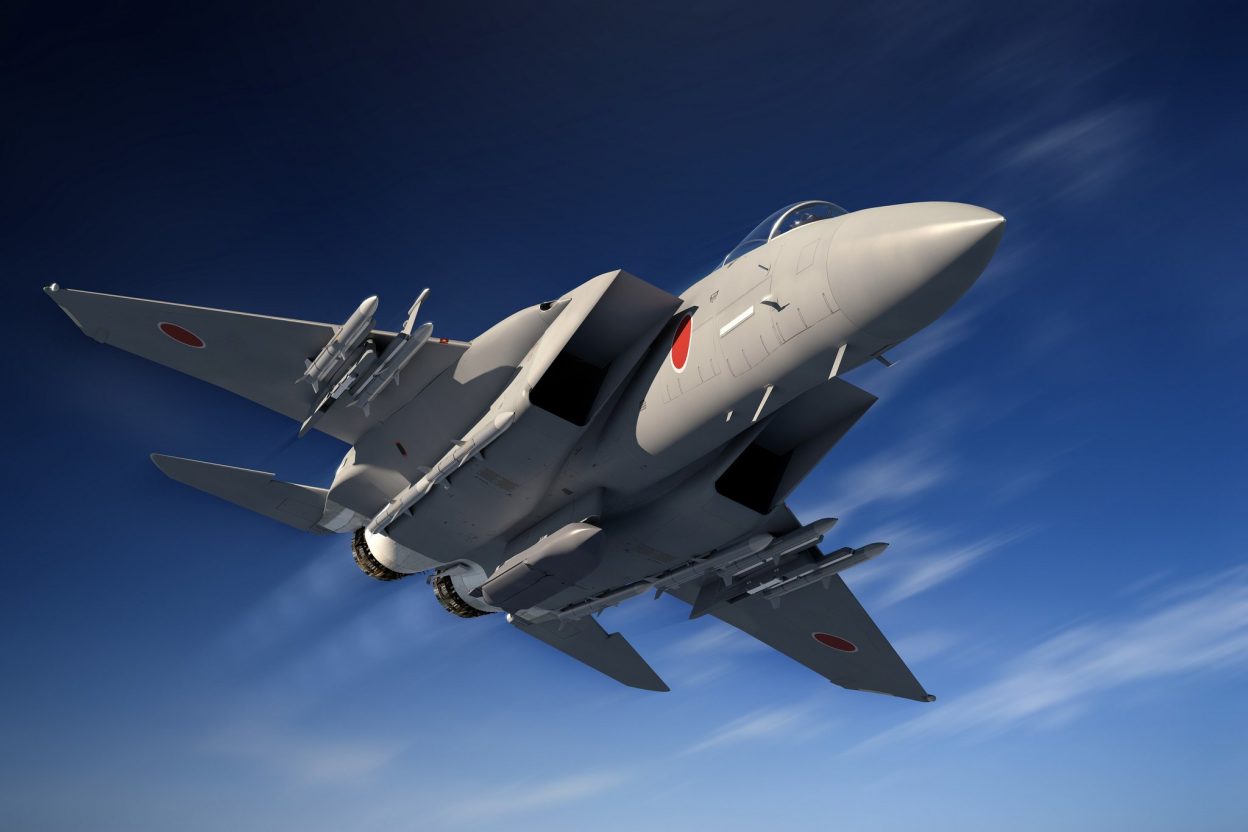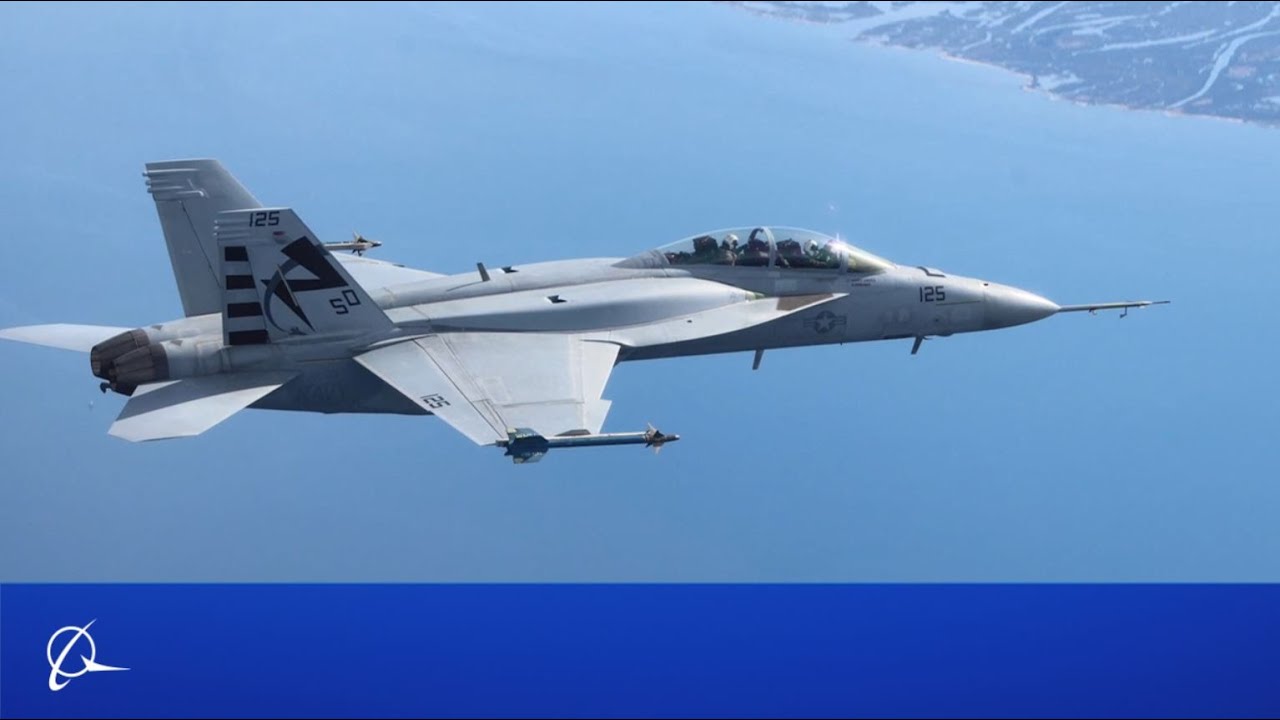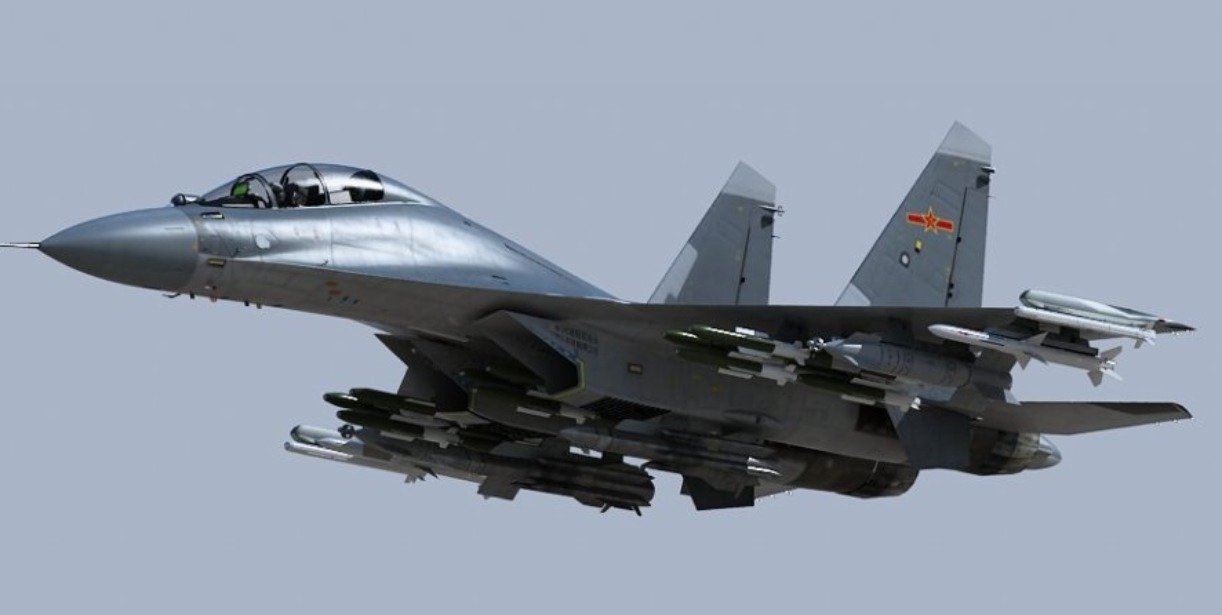Boeing is planning to officially offer its top dogfighter and one of the world’s fastest jets — F-15EX to the Indian Air Force and drop F-18 Super Hornet from the lucrative Indian MRCA (Multi-Role Combat Aircraft) competition.
China, Turkey Build Two ‘Record-Breaking’ Suspension Bridges; One Connects Europe To Asia In Mere 6 Minutes
In April 2018, the Indian Air Force proposed the MMRCA 2.0 tender for the procurement of 114 additional fighter jets for its air fleet, following the acquisition of 36 Rafale jets.
Boeing is vying for the multi-billion dollar contract that includes the Swedish Saab Gripen, the Russian MiG-35 and Su-35, the French Dassault Rafale, the Eurofighter Typhoon, and the US Lockheed Martin F-21.
According to a senior company official, “offering the F-15EX would result in Boeing pulling the Super Hornet from the MRCA contest.” Last year, it was reported that the US government has given Boeing authorization to sell F-15 fighter jets to India.
Since the MRCA tender is yet to be released, Boeing is unclear whether the Eagle-II (F-15EX) or the Super Hornet would be a right match for the IAF.
“India needs to relook at their force structure in the light of Rafale and Tejas orders. If the gap is at the high-performance end, the F-15EX could be a fit. But these are early days,” says the Boeing official.

Pratyush Kumar, who was previously the head of Boeing’s Indian operations, is now the program manager for the F-15 Eagle-II in the United States. Kumar describes the F-15 Eagle-II as “the ideal high-end fighter for the high-end fight.”
This latest version of the F-15 is meant to counter one of the world’s most dangerous aviation threats – China. Hypersonic, re-targetable long-range missiles, as well as sophisticated “early warning and control” (AW&C) aircraft that can observe low-flying fighters at extended ranges, are among these threats, the report said.
Devastation In Seconds – Nuclear Superpowers Russia & US Join The Infamous List Of Using ‘Deadly Weapons’ In A War?
To counter these threats, Boeing is arming the Eagle-II with longer-range missiles, quicker radar processors, improved data-link capabilities, and the ability to carry more weapons into battle.
The F-15EX will be upgraded on a routine basis, according to Kumar, because it has enough physical space, computational infrastructure, structural strength, and engine power.

The report also noted Kumar’s role in inducting multiple Boeing platforms into India’s military during his time in New Delhi, including the P-8I Poseidon maritime aircraft, the C-17 Globemaster III heavy-lift transporter, the Apache AH-64E attack helicopter, and the Chinook CH-47F heavy-lift chopper.
As previously reported by the EurAsian Times, the company is also offering its Super Hornet for the Indian Navy’s tender of “twin-engine deck-based fighters” (TEDBF). French-made Rafale-M is also competing alongside Boeing for this contract.
F-15EX For India
The F-15EX is the most recent model of the F-15 air superiority fighter, which initially took to the skies in 1972. Externally, the F-15EX is very identical to a conventional F-15, but it features a new fly-by-wire system, a more powerful processor, and an advanced electronic warfare suite.
The Eagle-II is the world’s fastest (Mach 2.5, or 3,100 kph) and most heavily equipped fighter (payload of 13.6 tonnes, or 30,000 pounds), with the greatest strike range of 1,200 nautical miles or 2,222 kilometers.

On 8 October 2021, to mark Air Force Day, US engine company Pratt & Whitney tweeted a video of the F-15EX to the Indian Air Force. “We’re proud to power many IAF aircraft and are excited for the opportunity to power the F-15EX with our F100 engine,” Pratt & Whitney said in a tweet.
89 and looking great! Join us in wishing a happy 89th #IndianAirForceDay to @IAF_MCC! We’re proud to power many IAF aircraft and are excited for the opportunity to power the F-15EX with our F100 engine. https://t.co/i2QYN1RuYI #WeArePW pic.twitter.com/Ouj6khxanE
— Pratt & Whitney (@prattandwhitney) October 8, 2021
“The F100-PW-229 is the most capable, most reliable 4th generation fighter engine ever produced,” said Thomas Prete, vice president, Military Engineering, Pratt & Whitney, in a post on the company’s website. The F100 or F110 engines, which have comparable dimensions and thrust settings, are used by all countries that operate the F-15 and F-16.
In the face of threats from China, India requires its new fighters to have large fuel tanks so they can fly for extended periods of time without having to return to the base for refueling. The F-15EX not only meets this criterion, but it can also strike well within the enemy territory with unmatched firepower.
Furthermore, the F-15EX fighter’s heavy engine capacity would allow it to smoothly operate in Ladakh’s high-altitude areas, where the Indian Air Force would look to overpower Chinese heavy-weight J-16 Fighters.
- Contact the author at ashishmichel@gmail.com
- Follow EurAsian Times on Google News




